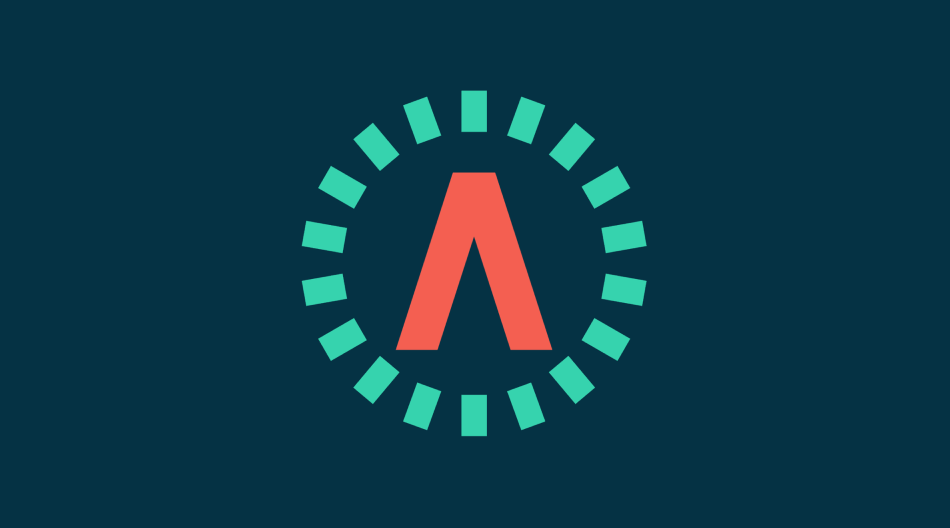
Time to move on: national perspectives on transforming surge capacity
Commissioned as part of the Transforming Surge Capacity project and led by Cafod, this report analyses national NGO experiences of recruitment practices for surge by international NGOs in the Philippines.

